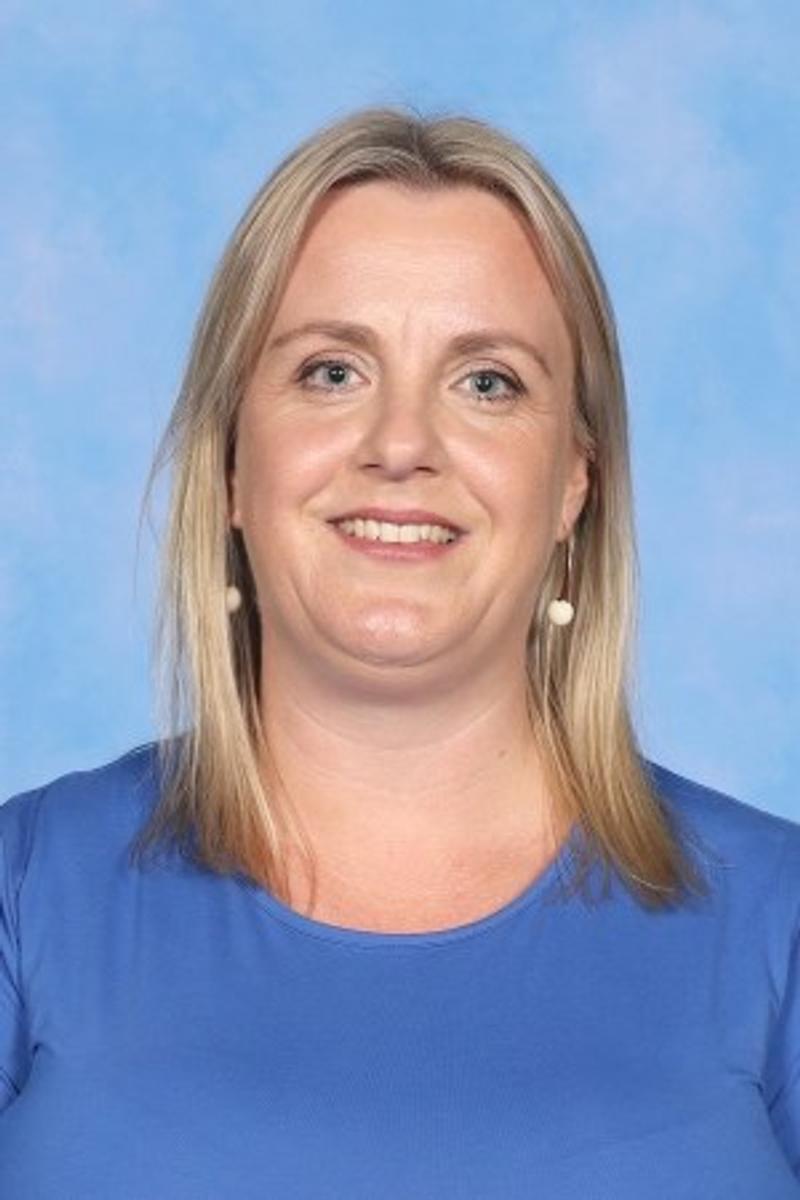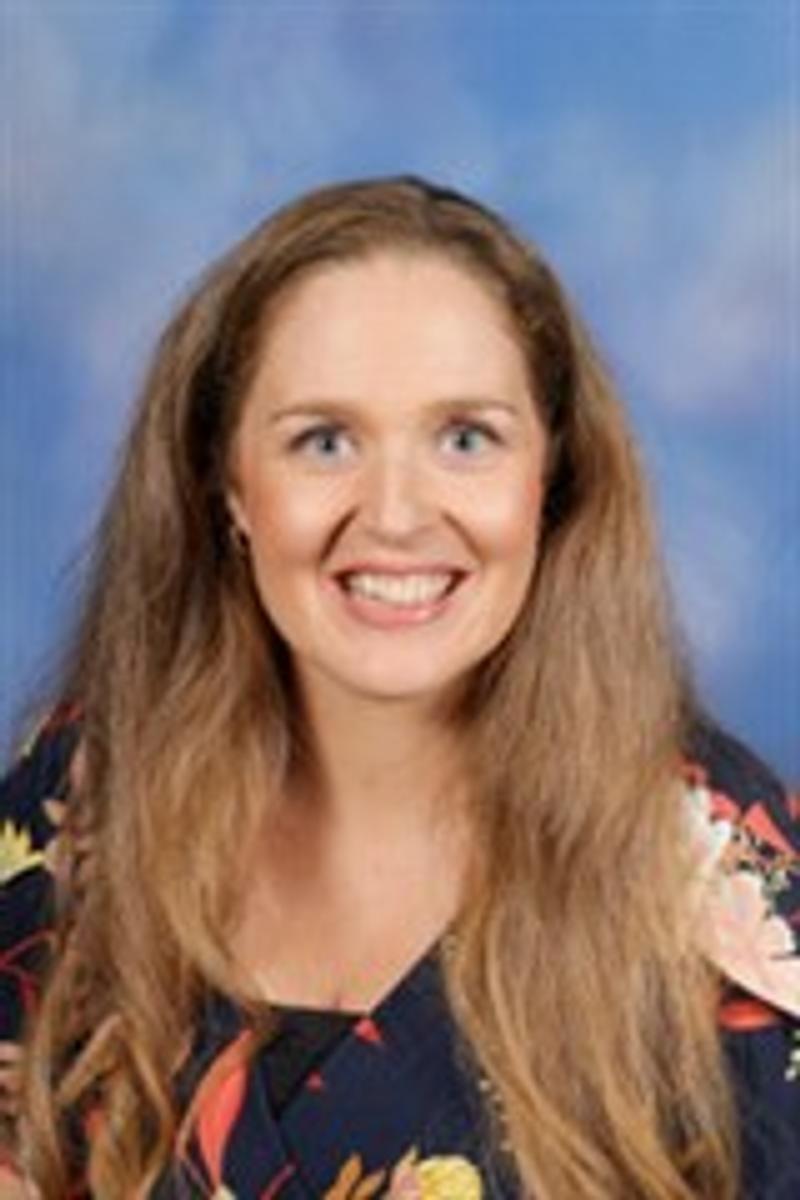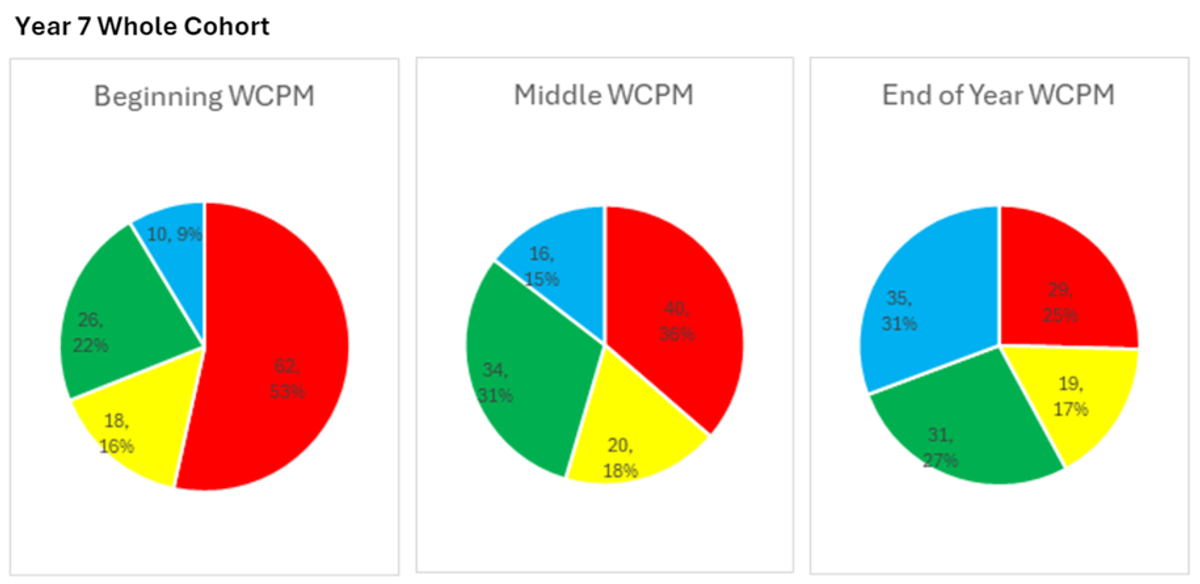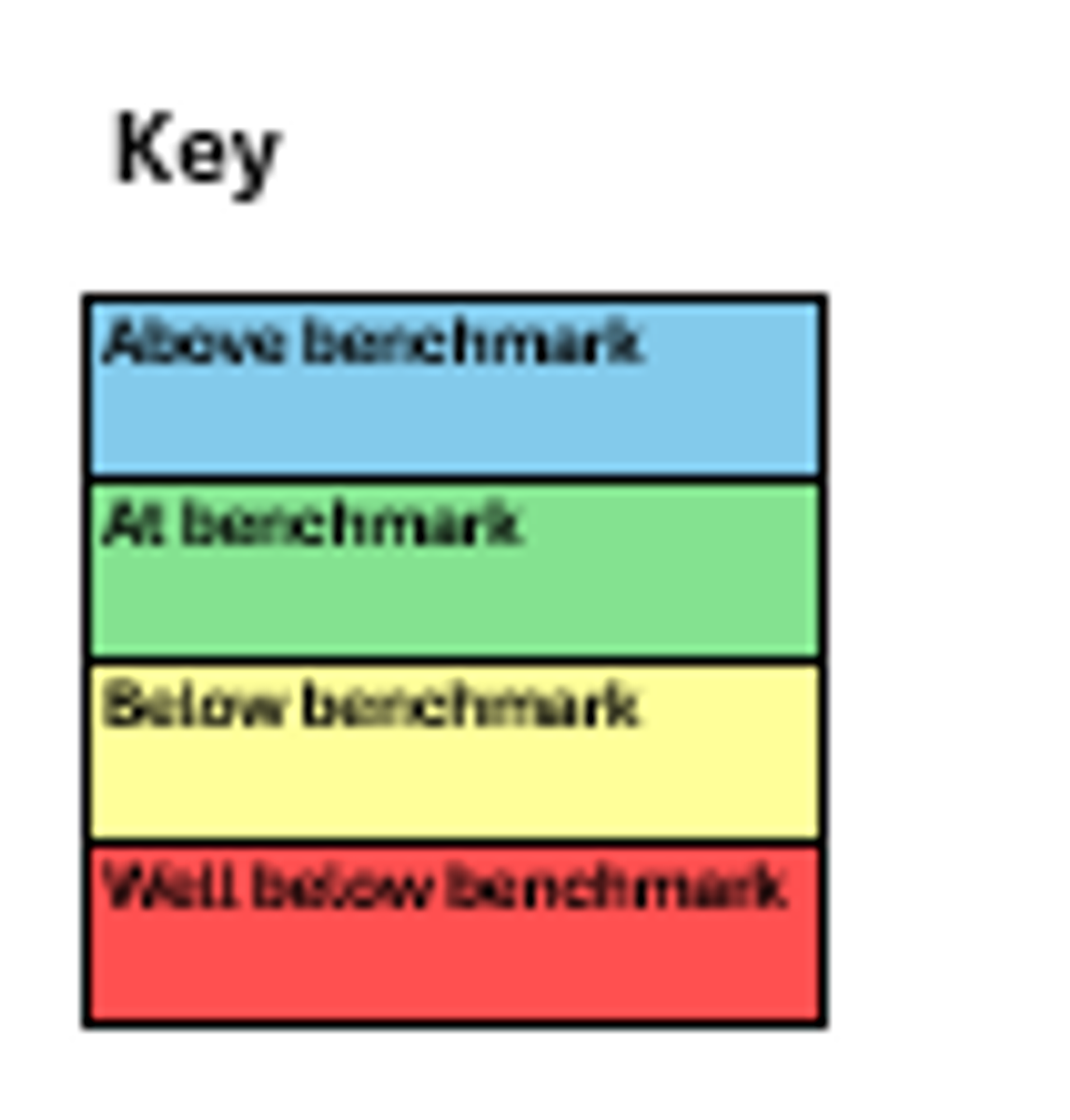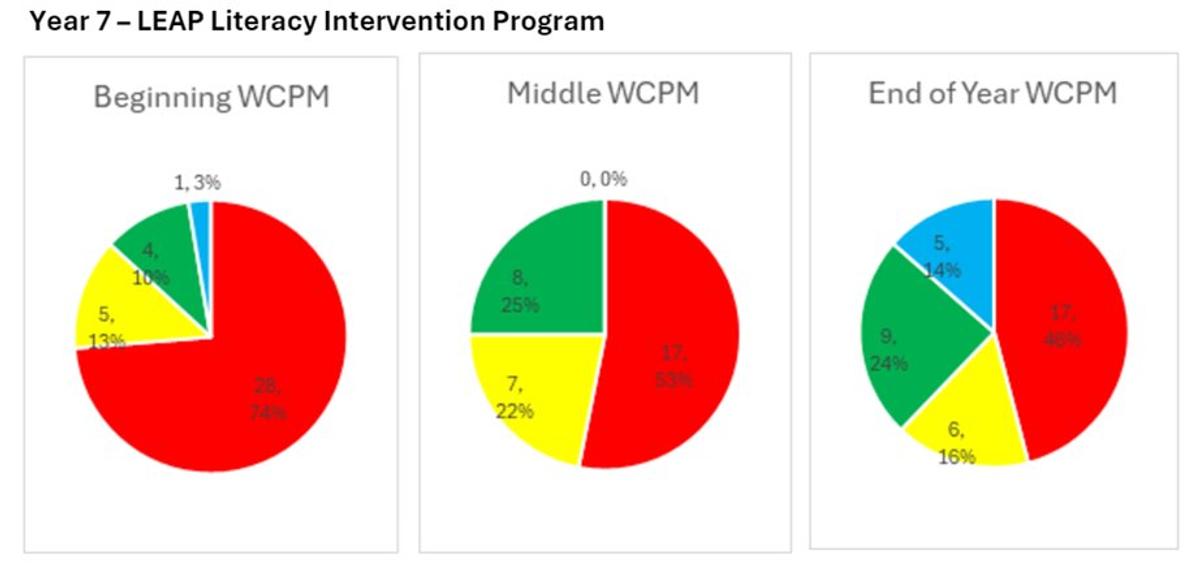Science of Learning Update

Assistant Principal Update
Assistant Principal: Donna Geritz
Learning Specialist Science of Learning: Vanessa Dennis
Science of Learning Team Update
This is the first Newsletter page dedicated to the Science of Learning Team. Over the next few terms this page will update readers on how WPSC is supporting students with their learning using evidence-based teaching practices. The information shared below is from the Executive Summary of the research through the Australian Education Research Organisation (AERO) which the college is closely aligning its teaching and learning program to.
Summary
As your child progresses through secondary school, understanding how they learn can help you support their educational journey. Here’s a look at the key aspects of the learning process and how effective teaching aligns with these processes to maximize student outcomes and progress.
1. Learning and Memory
Learning is fundamentally about changes in long-term memory. There are two types of memory involved in this process:
Working Memory: This is the mental workspace where students actively engage with new information.
Long-Term Memory: This stores knowledge for future use.
As students learn, they connect new information to what they already know, developing complex mental models. Effective teaching by knowledgeable educators helps students make these connections more easily.
2. Processing Information
Students can only process a limited amount of new information at a time due to the limited capacity of working memory. To avoid overload and enhance learning:
Break Information into Manageable Parts: Present new information in small, digestible chunks.
Provide Guidance and Feedback: Offer clear instructions and constructive feedback.
Practice Opportunities: Allow students to practice new skills and knowledge, reinforcing their learning.
This approach helps students integrate new information with their existing knowledge, making it easier to retain and recall.
3. Developing and Demonstrating Mastery
Mastery involves storing knowledge in long-term memory and being able to recall and apply it effectively. Here’s how students develop mastery:
Knowledge Storage: Students first need to store facts, concepts, and procedures in long-term memory.
Recall and Application: With repeated practice, students learn to recall and use their knowledge fluently.
Transfer of Knowledge: Students can apply what they’ve learned to new situations, solving problems and generating creative ideas.
Effective teaching supports this process by providing varied practice opportunities and encouraging critical thinking and creativity.
How You Can Help at Home
Encourage Regular Study Habits: Help your child establish a consistent study routine.
Provide a Quiet Study Environment: Ensure they have a distraction-free space for studying.
Be Supportive and Involved: Show interest in their learning and offer help when needed.
By understanding these aspects of the learning process, we can all better support each child’s education and help them achieve their full potential.
A full copy of the Report can be found below:
How students learn best: An overview of the evidence | Australian Education Research Organisation
Western Port Learning Guarantee - LEAP Report
This report details what the Western Port Learning Guarantee has looked like on the ground this year, in the area of improving our students’ literacy in Year 7.
This year, our School Improvement Team (SIT) has worked towards a goal to improve the reading ability of students in our school, starting with a pilot group at Year 7. To support this, junior school English and LEAP teachers and tutors have engaged in professional learning with Literacy expert and coach, Julie Scali of Literacy Impact (Home - Literacy Impact) and have trialled three key, evidence based improvement practices: choral reading, daily reviews, and checking for understanding questions.
To see whether we have had an impact, we have used DIBELS (Dynamic Indicators of Basic Early Literacy Skills) as our assessment tool which has helped us monitor our growth. The area of DIBELS we have focused on is reading fluency. This is assess by calculating how many words per minute a student can read out loud, of an age-appropriate standardised reading text that the student has never seen before.
We are very pleased to share with our Western Port community that the reading results in our Year 7 cohort have improved amazingly! The below data set demonstrates that our Year 7 students have improved in the number of words correct per minute (WCPM) across the three tests they have completed (Beginning of Year, Middle of Year, End of Year.)
If we drill down a little bit more deeply into a smaller cohort – our two Year 7 LEAP classes – we can see more closely some more improvements, with five of our LEAP students even moving into the blue category of reading fluency!
While at first glance, it looks like there has been little improvement from the red category of readers (well below benchmark), we calculated the raw WCPM number of students in this category to determine the averages at Beginning of Year, Middle of Year, End of Year. What we discovered was that in the red category, students on average are reading 10 WCPM more at the End of Year, than they were at the Beginning of the Year.
The Western Port Learning Guarantee team is very grateful to the students and staff who have worked hard to make this improvement possible, and are very excited about how we can continue to work together in 2025 to make these reading results even better, and throughout the school – not just at year 7.
Stay tuned families and friends of Western Port 😊
